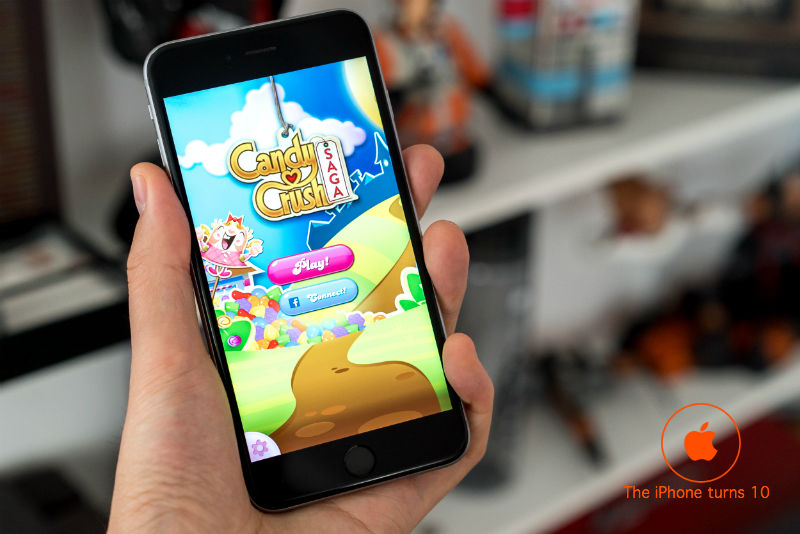iPhone at 10: How Apple changed gaming for the better and the worse
Ars Technica 2017-06-27

Enlarge (credit: Mark Walton)
Ten years ago this week—on June 29, 2007—many waited (in line or online) for the first iPhone's formal release. Steve Jobs revealed what he promised would be a game-changing device months earlier, providing plenty of time for the lofty dreams, predictions, and excitement to build. The decade since has largely justified the hype. Apple's now-signature product has made a lasting mark not only on our communications, but on many unexpected walks of life. So this week as the iPhone celebrates its 10th anniversary, we'll be examining its impact and revisiting the device that changed it all.
In the heart of Stockholm, Sweden, mobile games developer King has built its own forest. Alongside Earth-toned carpeting and plywood trees are walls coated in Norwegian lichen. Instead of the harsh glow of a fluorescent strip, there are ambient lights that change hue with the seasons. Instead of chairs there are ceiling-hung wicker baskets and long maple desks with multicoloured stools. Along the floor is an artificial stream that scans the footsteps of employees, allowing them to interact with virtual fish and insects. In the winter, the stream freezes over, lending an audible crunch to each footstep.
Such extravagance is hardly extraordinary for the startups and venture capitalists that have spread across California's so-called Silicon Valley (Airbnb has its own makeshift forest, complete with taxidermied raccoon). But for the companies that build their fortunes on the fickle market of mobile games, success is far from guaranteed. King is one of the lucky ones. It has, in its finer moments, raked in profits of half a billion dollars in a single year. So compelling were its profits that publishing giant Activision Blizzard swallowed it up for $5.9 billion in 2015.